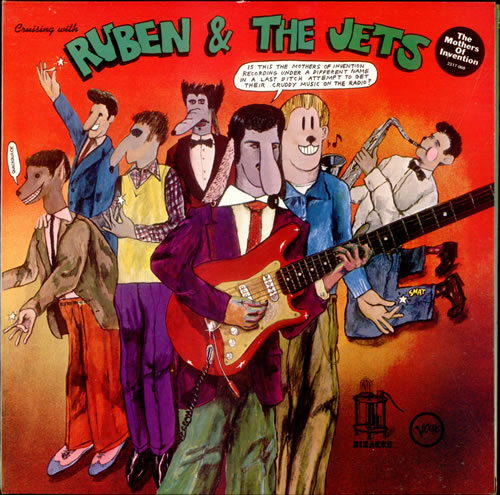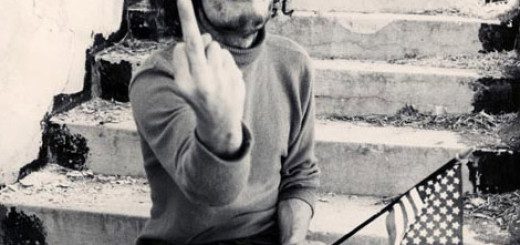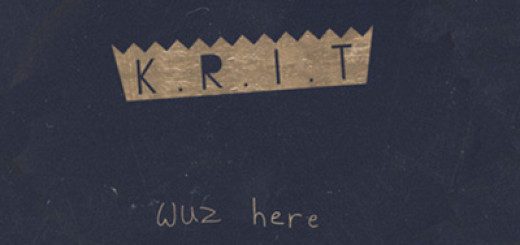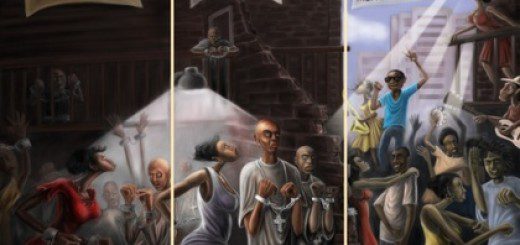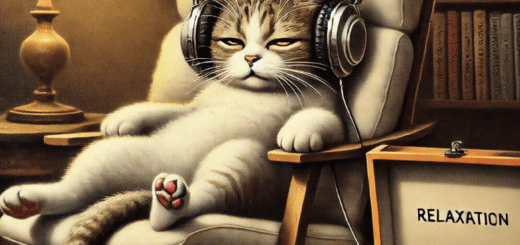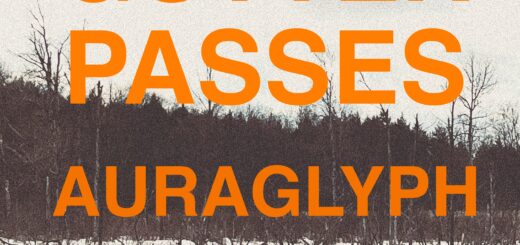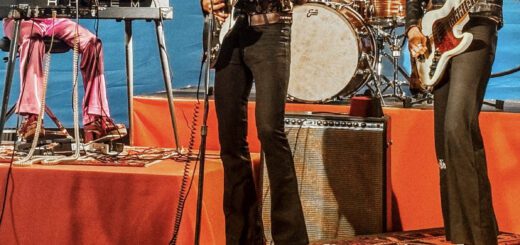Thoughts on Frank Zappa’s Doo Wop Album “Cruising With Ruben & The Jets”
Frank Zappa might be the least-popular popular musicians to have ever stalked with his mighty foot across Laurel Canyon, and around the world. He had enough status to host SNL in the late 70’s, which is odd to think about these days, as virtually no one listens to him. He spoke out against Tipper Gore and the 1980’s hysteria over naughty lyrics, and he died because a doctor apparently misread his prostate test as non-cancerous. He’s the man who signed Alice Cooper to get Alice and his band to stop playing in his basement at 7 o’clock in the morning, but he can’t catch a break among the dork gangs of the modern music scene.
The Zappa fan is rock’s version of The Simpson’s Comic Book Guy. Can you imagine the sheer pain of that person trying to convince you to check out Zappa’s doo-wop album, 1968’s “Cruising With Ruben & The Jets”? No need to imagine it, I’m going to attempt to do just that right now. But I’m going to talk about the album from a different perspective than the normal way most people listen to music. This is an album best experienced a room or two over from where the album is being played. Listening to it faintly with the magic of walls or sheer distance is a great way to get high off the red meat in the low quality mp3’s or YouTube videos most people are likely to experience these songs with in 2011.
“Ruben” didn’t have Zappa’s name anywhere on the packaging when the album came out, so a lot of people at the time had no idea who was behind it. Most thought it was a lost album from the 50’s. In hindsight, it might seem obvious when listening to it that it came from Zappa. But if you’re down the hall, the subtle Zappa trademarks in the music are nowhere near as easy to pick out. The changes on album-opener “How Could I Be Such A Fool” are especially effective when you can’t hear the music well. The bass-y backing vocals throughout the song barely sound like the human voice, which helps combat the modern prejudice against doo-wop. It’s a style that was barely fighting off extinction by the late 60’s, to put it generously. It basically signals “kitsch” to the listener, and giving it a fair listen is really asking too much of anyone. That’s exactly why blending the sounds together using the technology of walking away from the speakers until you can barely hear it is so useful. The “how could I be such a fool” refrain of the chorus is genre-defying in that scenario.
The production on the album really benefits from not being able to hear it. It gives the music what it needs to break through the gimmick of the songs. The drums especially make the album sound different when heard through a wall. No one is going to mistake it for Keith Moon’s playing, but they’re far more active and far more apparent than the typical 50’s recording. The snare in particular cuts through, giving the songs an edge. The piano takes a different turn as well if you take the headphones off and set them as far away as possible. Given the benefit of properly listening to it, these qualities are hidden. But if you were in the middle of a lake at night, and a boat 100 yards away was playing the album, things you might disregard take on a new quality.
Probably the jewel of the album when you can barely hear it is “No. No. No.” It’s an odd song to begin with, and hearing it through a ceiling really accentuates that. If I was to pair that scenario with a wine, we’d definitely be talking a merlot. And a good merlot, Franzia would be absolutely unacceptable. Save the box-of-wine for something like The Ramones. “No. No. No.” calls for a fine red, in a quality glass, while stuck in an apartment during a snowstorm that’s knocked the power out, and a neighbor playing the song on a battery-operated tape player. The whole album was really made for that particular moment, but “No. No. No.” is especially poignant. The vocals really make it, and an acapella version would likely freak the right person completely out. The drum rolls are unexpected, contributing to a song that’s something of a nearly-glorious mess.
There are a lot of albums that would benefit from the not-quite-audible treatment. R.E.M.’s “Fables Of The Reconstruction,” The-Dream’s “Love King,” Magik Markers’ “Balf Quarry” and The Grateful Dead’s “Wake Of The Flood” all come to mind. You might not care about any of those albums, but if you were sitting in a garage on a summer day, with the garage door open a couple inches, and someone across the street was playing one of them in their car while parked in their driveway, you probably would.
-Mike Watton
Writer / co-founder

